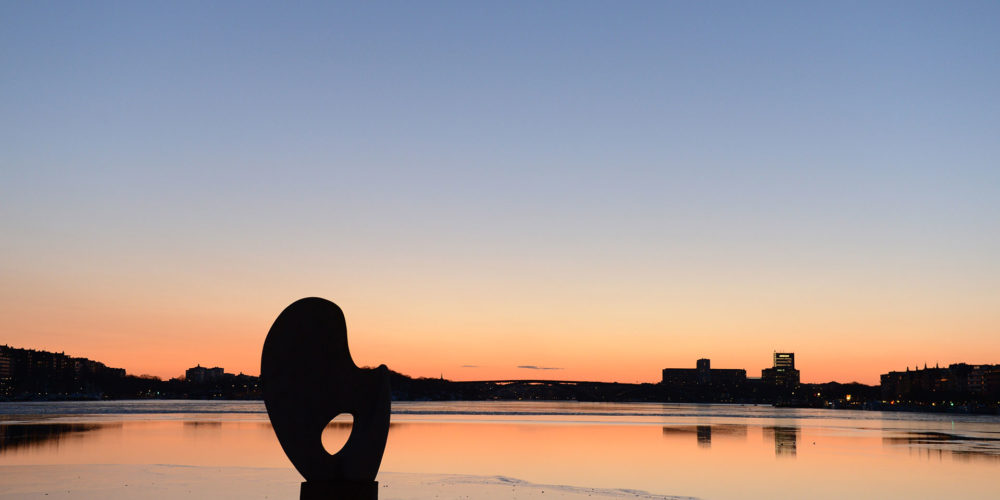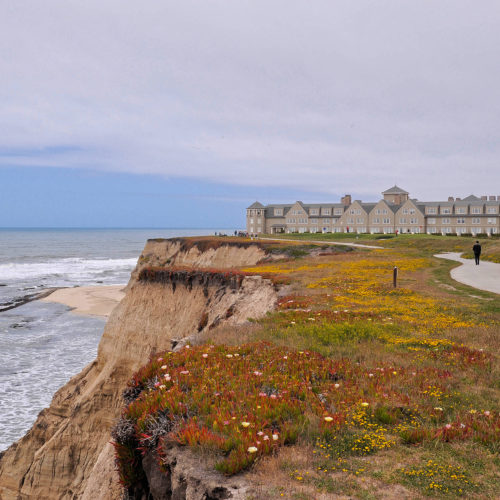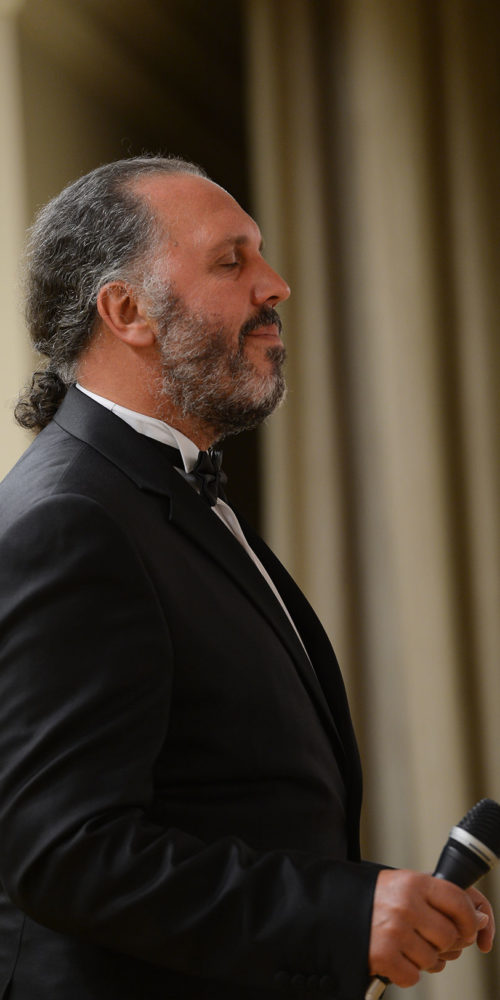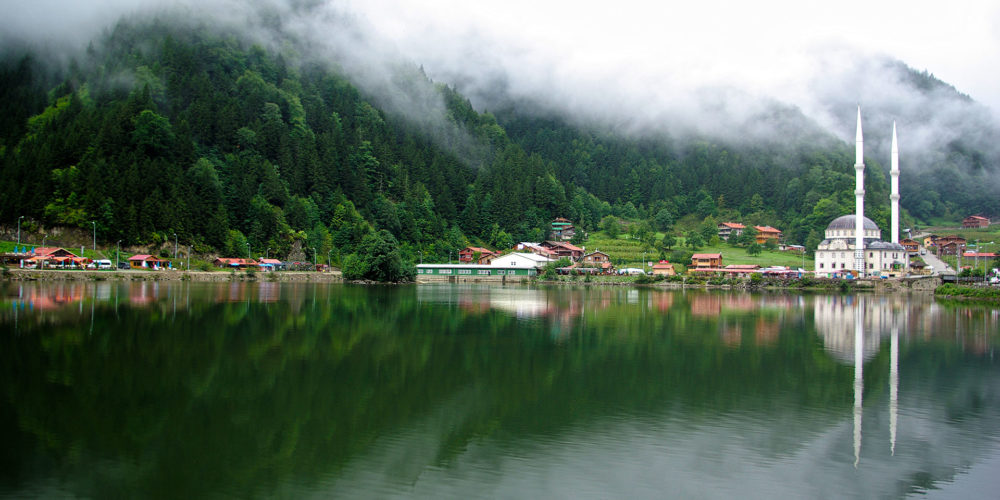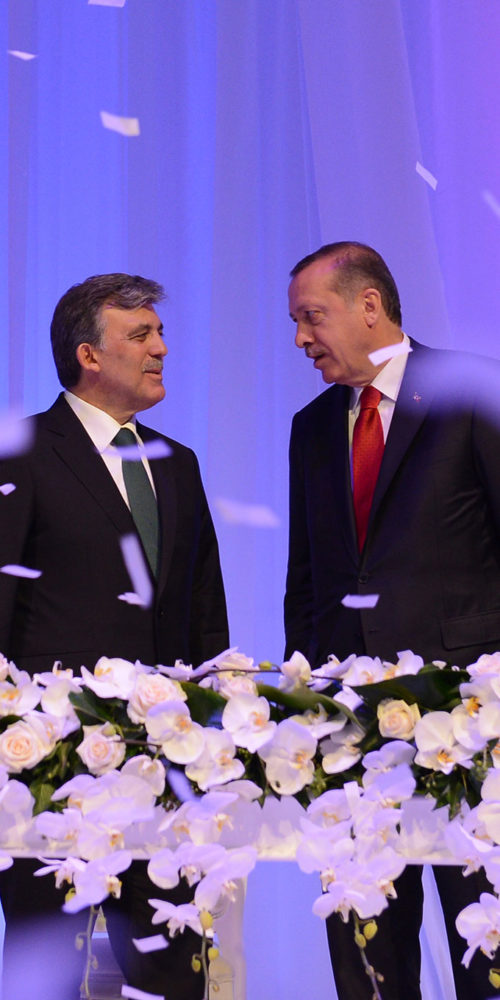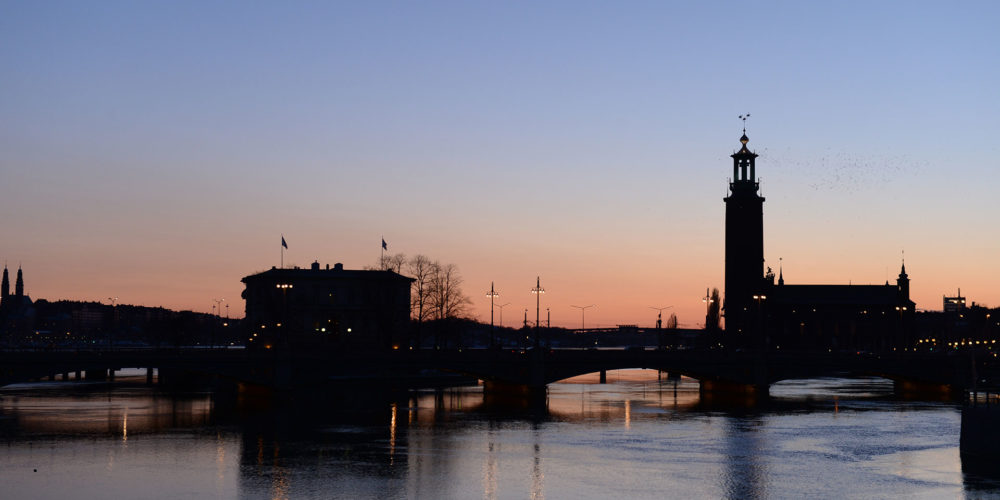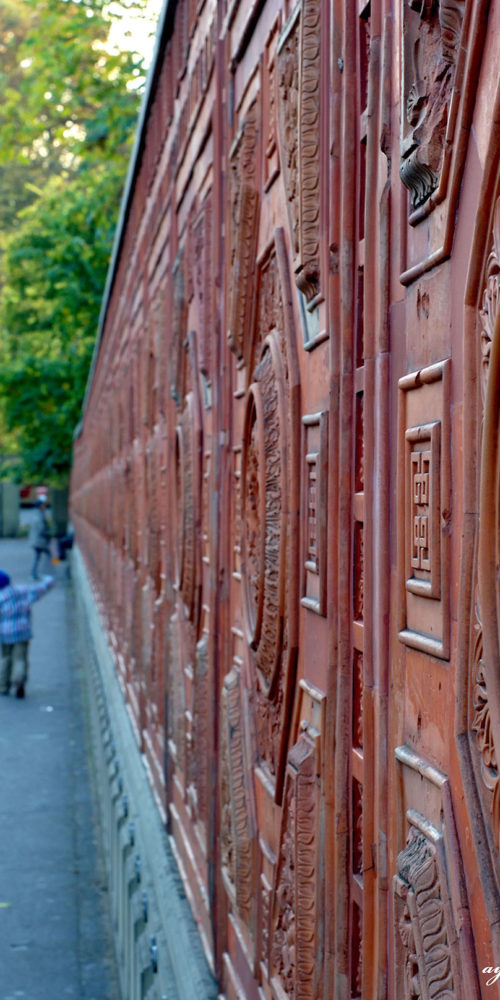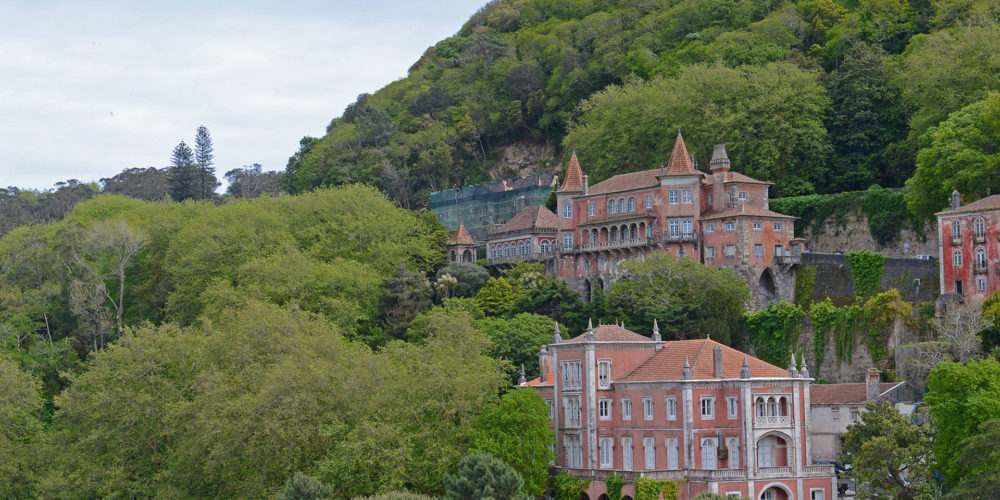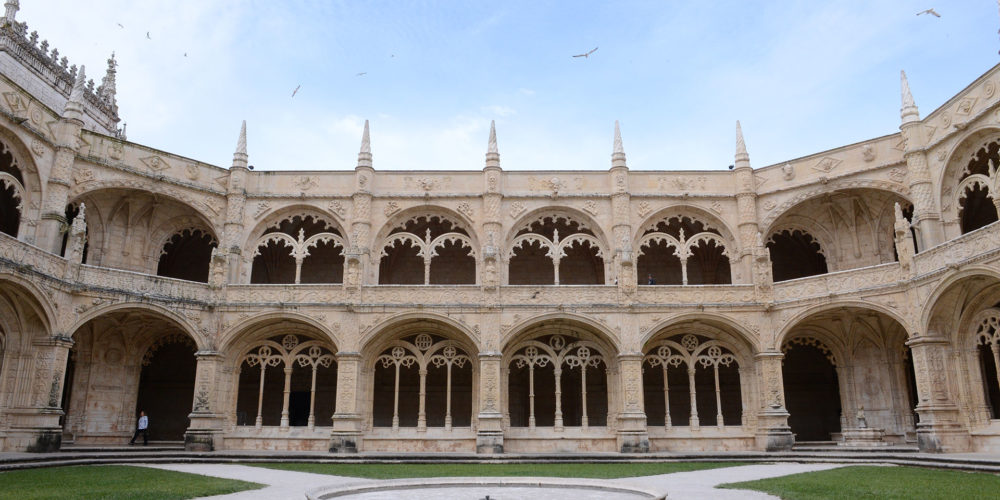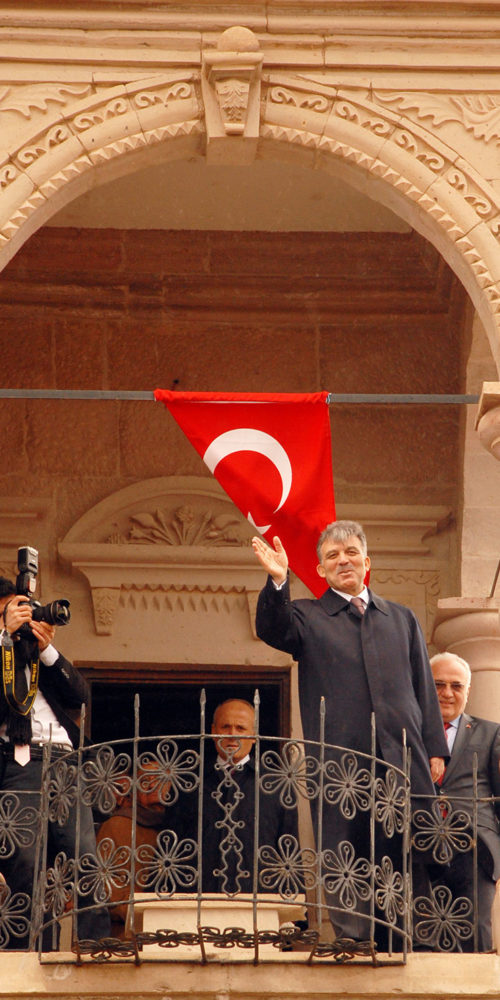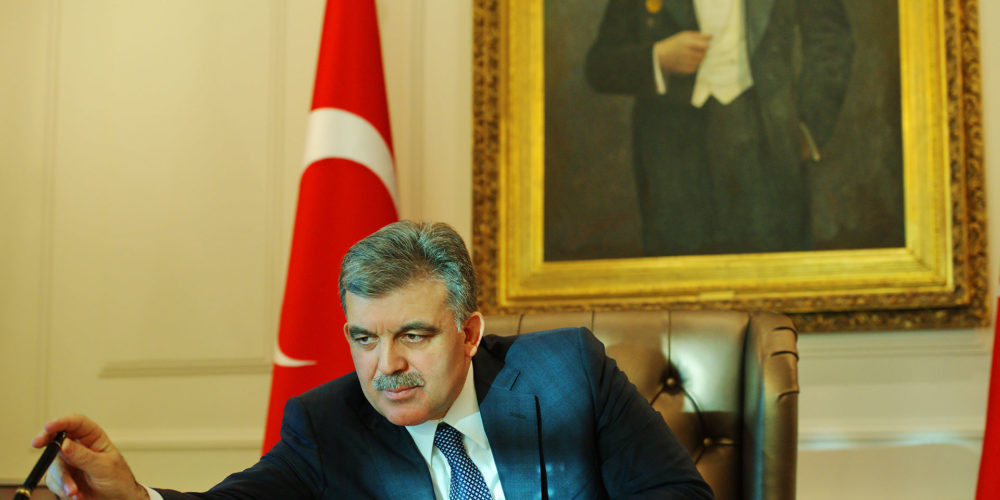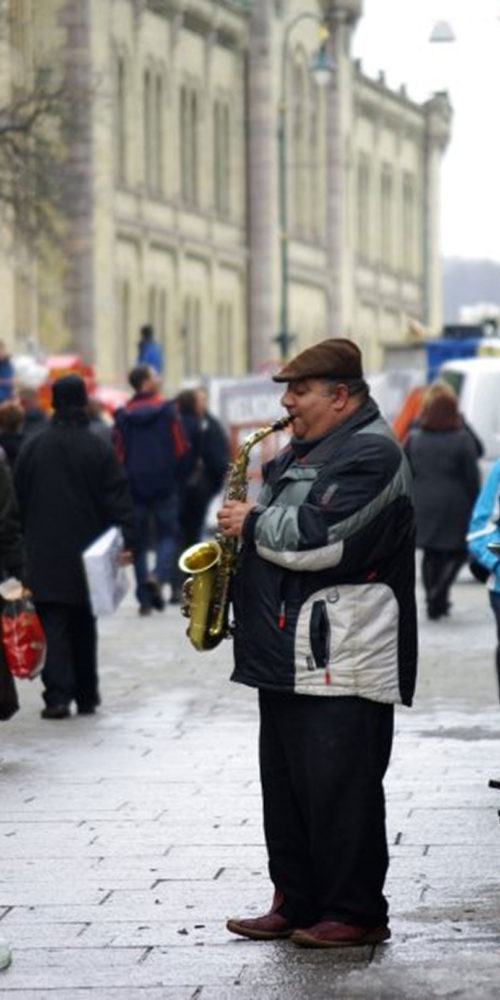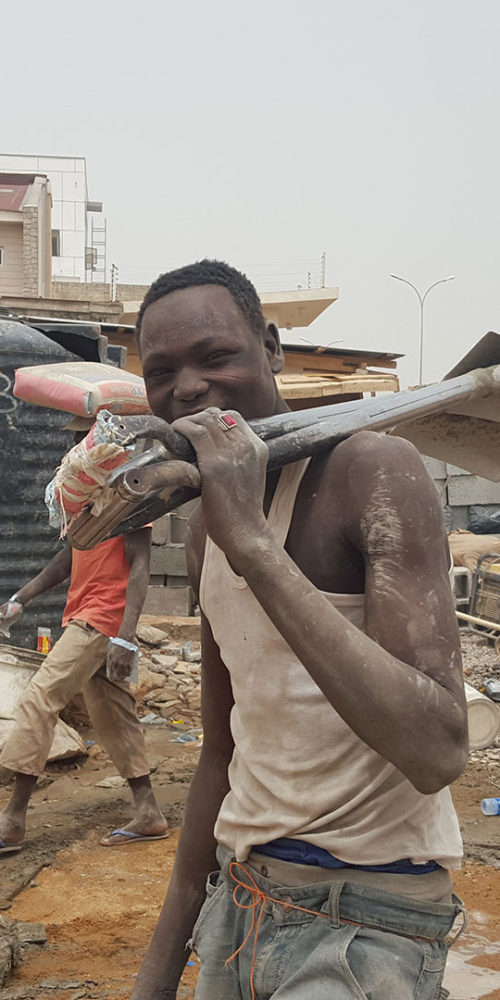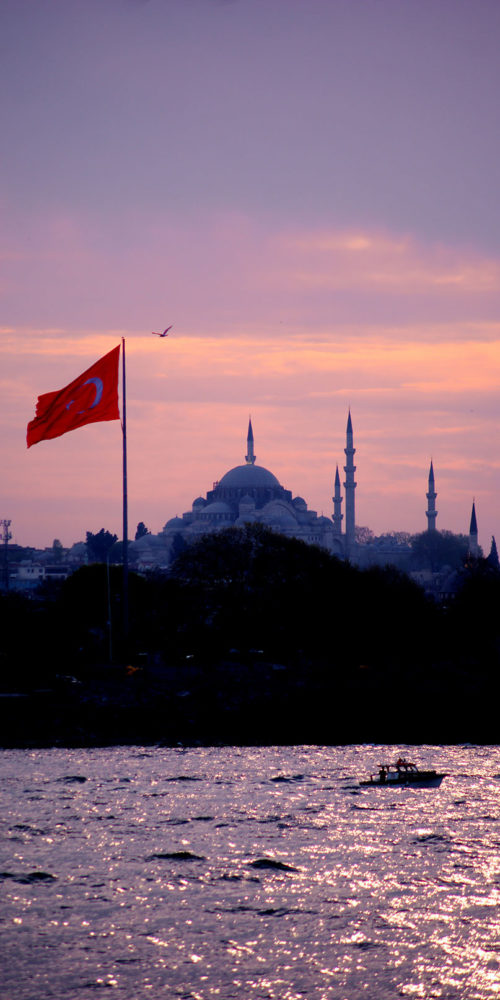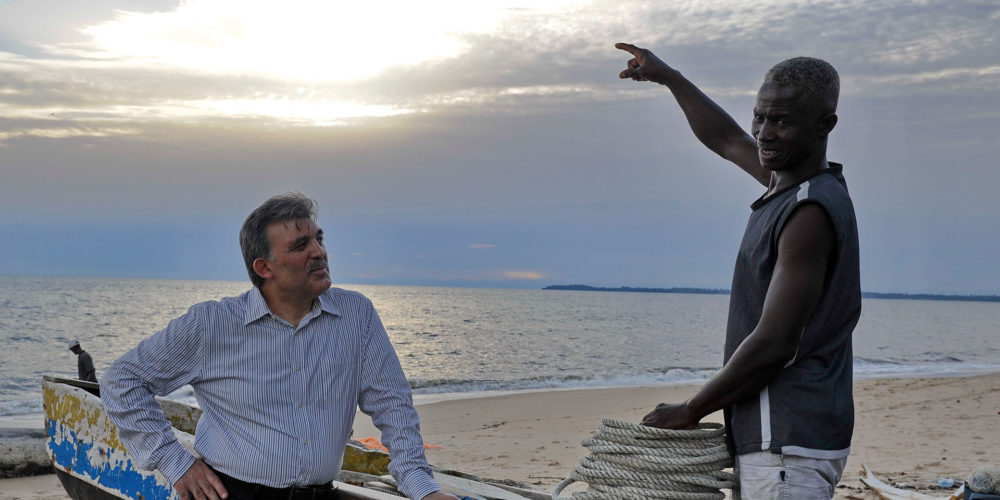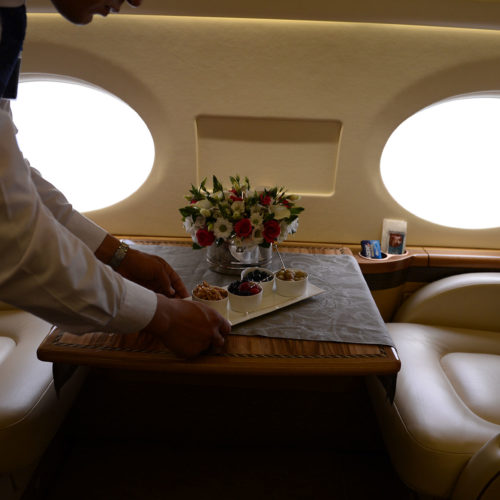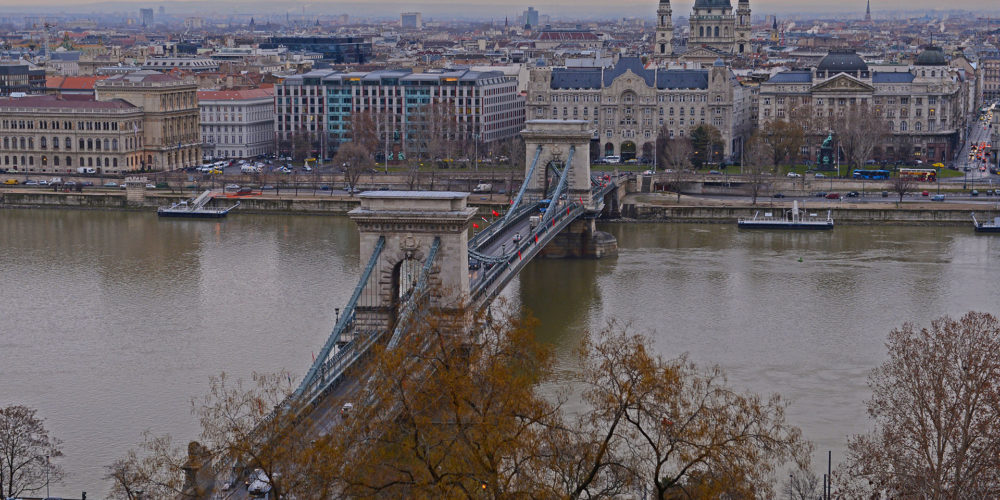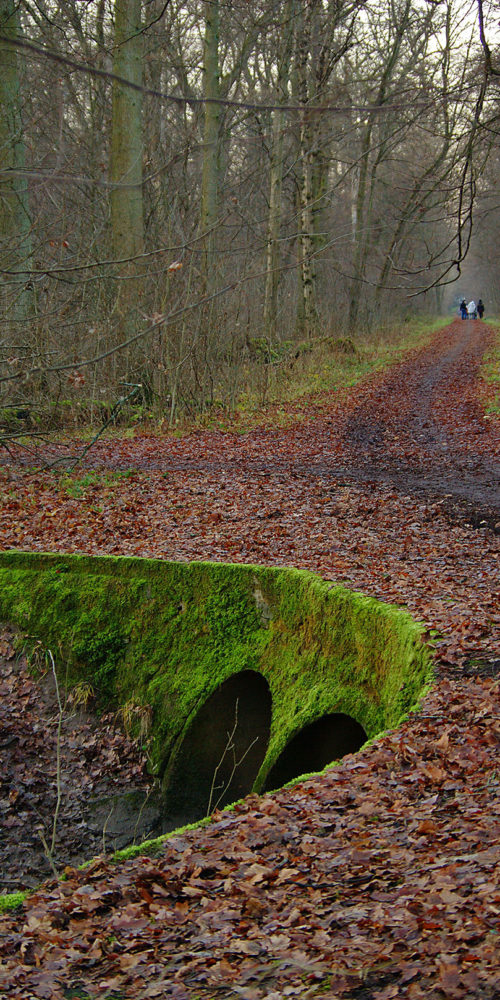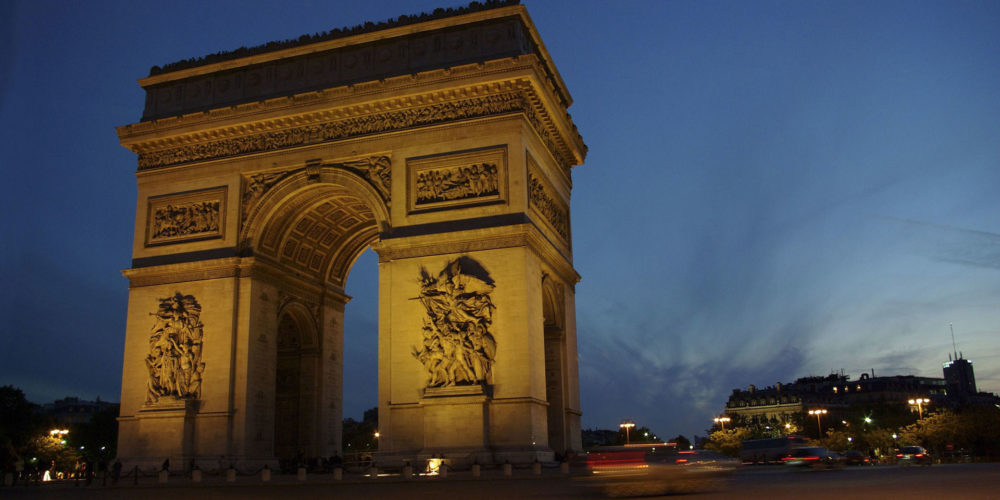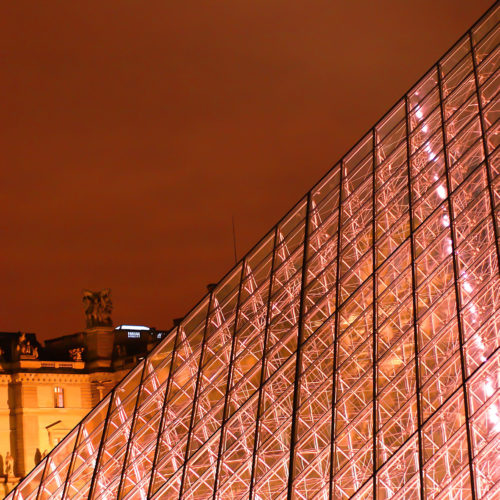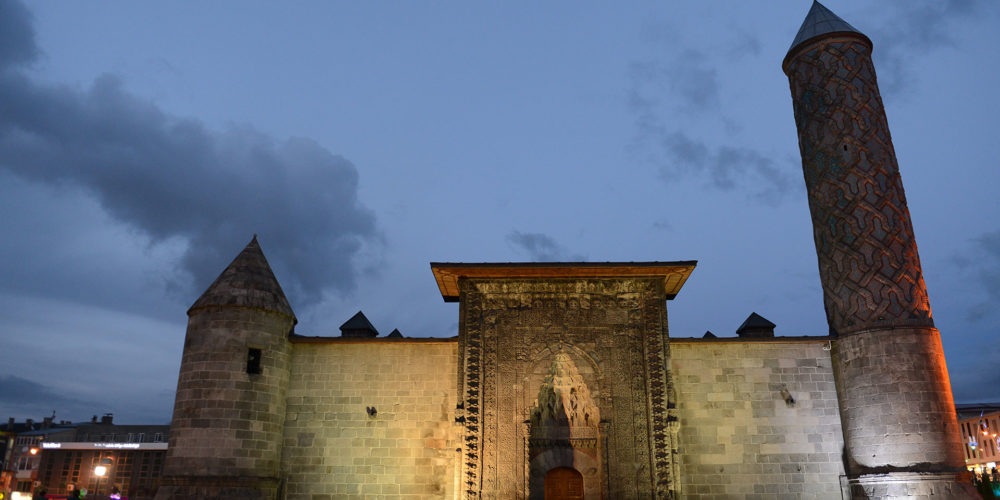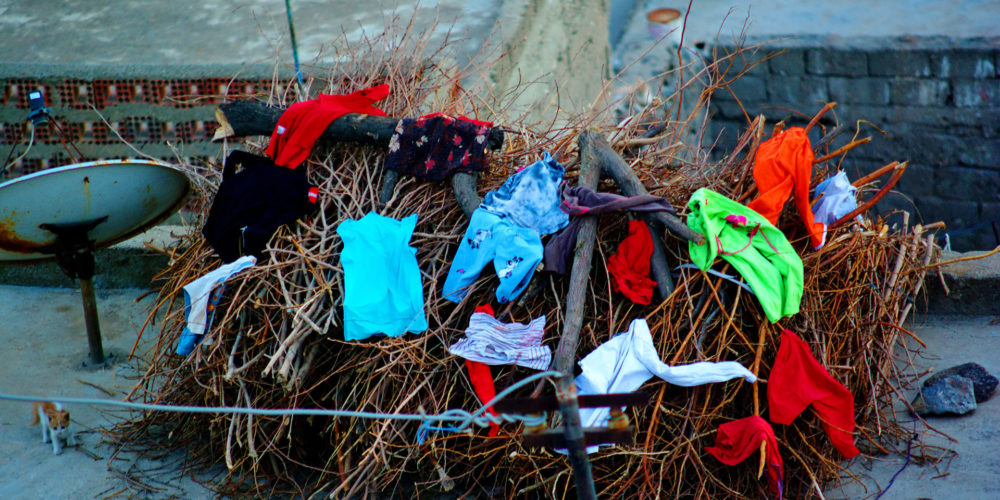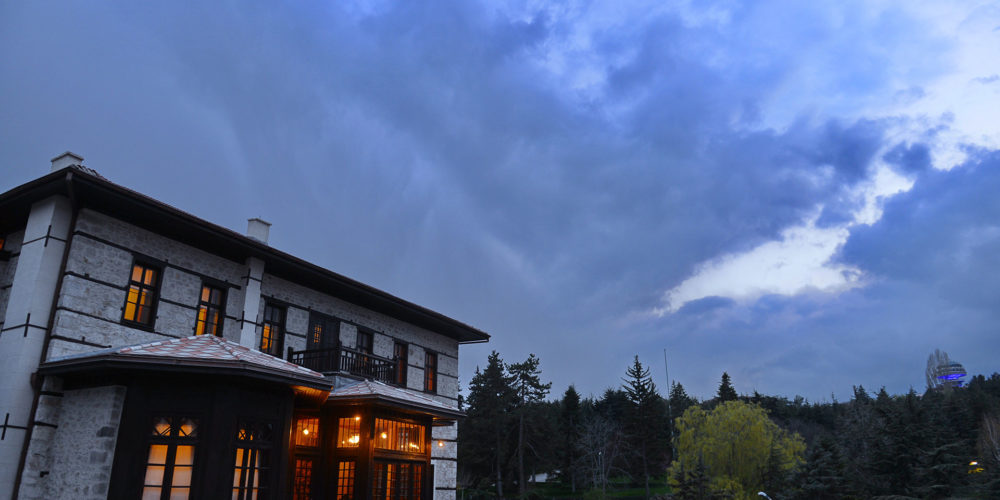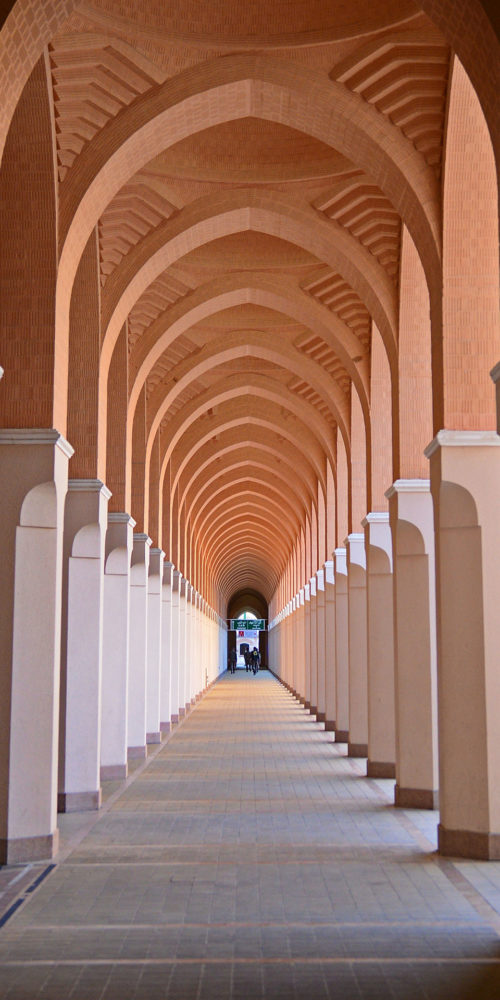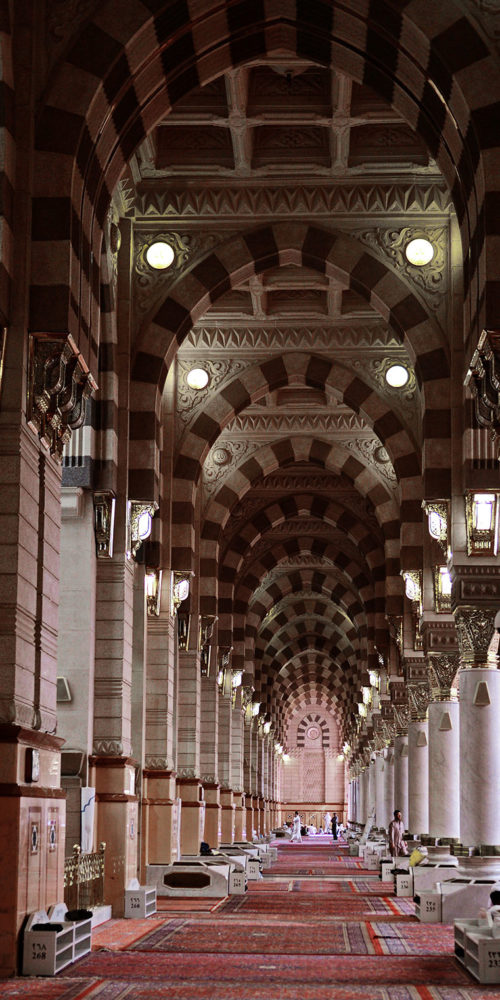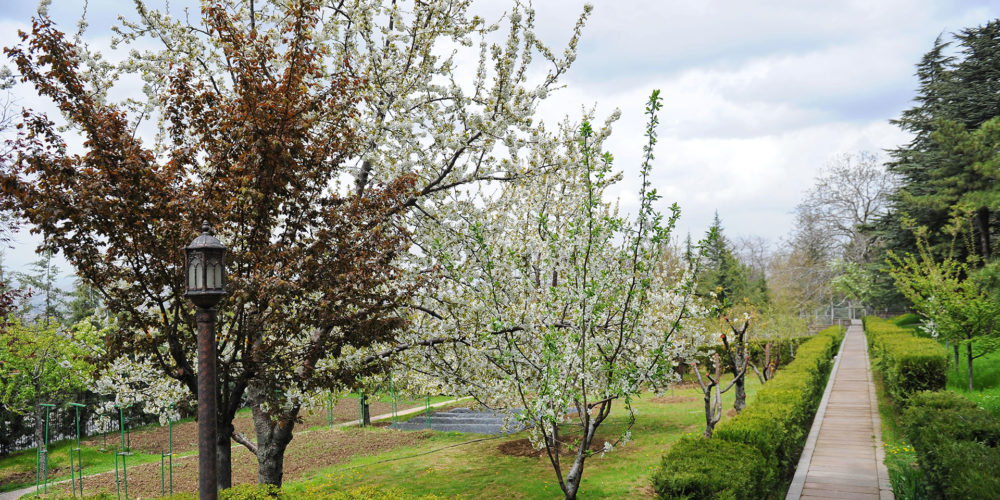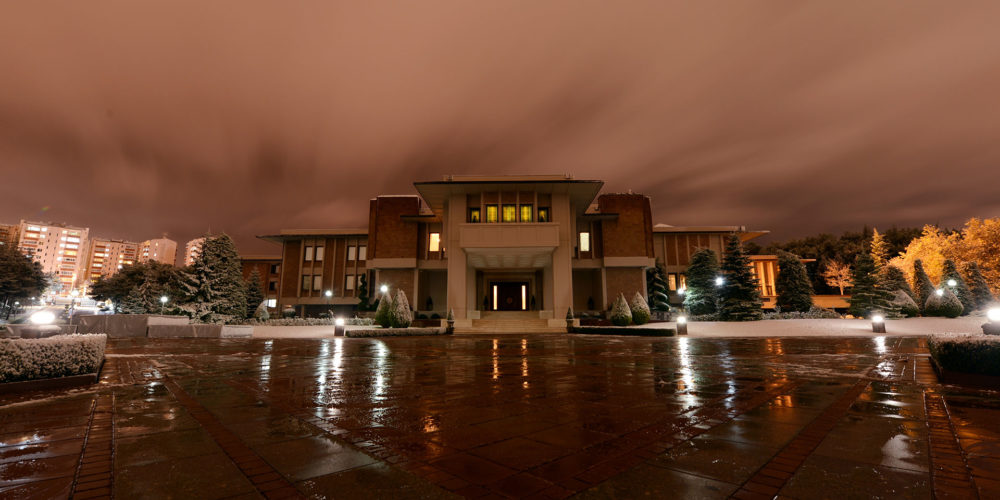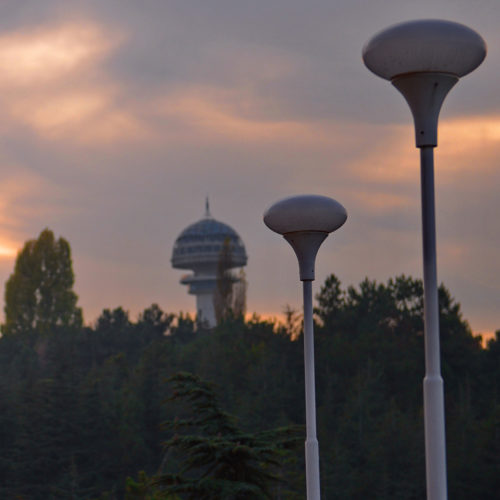
Turkey - Van
After the earthquake., The 2011 Van earthquake occurred in eastern Turkey near the city of Van on 23 October at 13:41 local time. According to Disasters and Emergency Situations Directorate of Turkey AFAD on 30 October, the earthquake killed 604 and injured 4,152. At least 11,232 buildings sustained damage in the region, 6,017 of which were found to be uninhabitable. The uninhabitable homes left as much as 8,321 households with an average household population of around 7.6 homeless in the province; this could mean that at least around 60,000 people were left homeless. The other 5,215 have been damaged but are habitable.
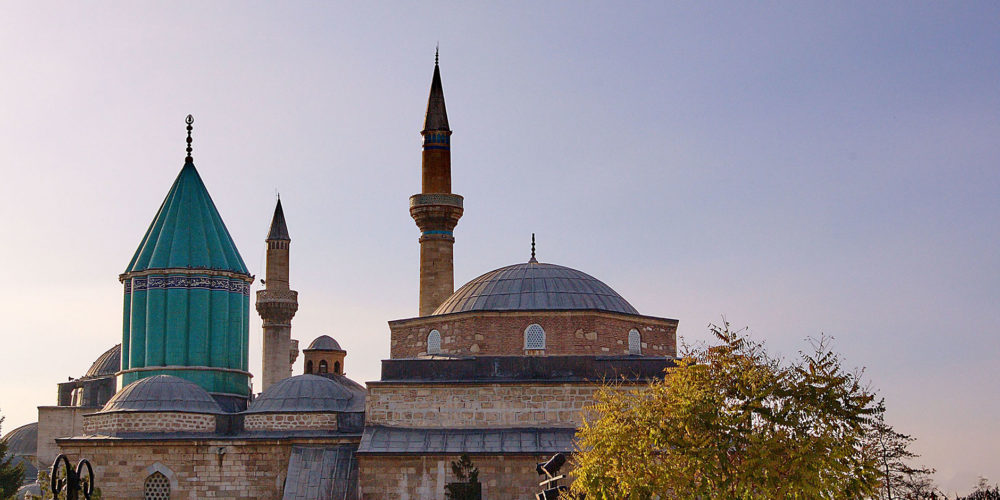
Turkey - Konya
Mevlana Museum The Mevlâna Museum, located in Konya, Turkey, is the mausoleum of Jalal ad-Din Muhammad Rumi, a Persian people Sufi mystic also known as Mevlâna or Rumi. It was also the dervish lodge (tekke) of the Mevlevi order, better known as the whirling dervishes. Sultan 'Ala' al-Din Kayqubad, the Seljuk sultan who had invited Mevlâna to Konya, offered his rose garden as a fitting place to bury Rumi's father, Baha' ud-Din Walad (also written as Bahaeddin Veled), when he died on 12 January 1231. When Mevlâna died on 17 December 1273 he was buried next to his father.

Turkey - Istanbul
The Fatih Mosque is an Ottoman imperial mosque built 1463 to 1470 in the Fatih district of Istanbul, Turkey. It is one of the largest examples of Turkish-Islamic architecture in Istanbul and represents an important stage in the development of classic Turkish architecture. It is named after Ottoman sultan Mehmed the Conqueror, known in Turkish as Fatih Sultan Mehmed, the Ottoman sultan who conquered Constantinople in 1453.

Turkey - Istanbul
The Fatih Mosque is an Ottoman imperial mosque built 1463 to 1470 in the Fatih district of Istanbul, Turkey. It is one of the largest examples of Turkish-Islamic architecture in Istanbul and represents an important stage in the development of classic Turkish architecture. It is named after Ottoman sultan Mehmed the Conqueror, known in Turkish as Fatih Sultan Mehmed, the Ottoman sultan who conquered Constantinople in 1453.

Turkey - Istanbul
The Fatih Mosque is an Ottoman imperial mosque built 1463 to 1470 in the Fatih district of Istanbul, Turkey. It is one of the largest examples of Turkish-Islamic architecture in Istanbul and represents an important stage in the development of classic Turkish architecture. It is named after Ottoman sultan Mehmed the Conqueror, known in Turkish as Fatih Sultan Mehmed, the Ottoman sultan who conquered Constantinople in 1453.

Turkey - Istanbul
Hagia Irene or Hagia Eirene, sometimes known also as Saint Irene, is an Greek Eastern Orthodox church located in the outer courtyard of Topkapı Palace in Istanbul, Turkey. It is one of the few churches in Istanbul that has not been converted into a mosque. The Hagia Irene today operates as a museum and concert hall.

Turkey - Istanbul
Hagia Sophia in Istanbul, Turkey. From the date of its construction in 537 AD, and until 1453, it served as an Eastern Orthodox cathedral and seat of the Patriarch of Constantinople, except between 1204 and 1261, when it was converted by the Fourth Crusaders to a Catholic cathedral under the Latin Empire. The building was later converted into an Ottoman mosque from 29 May 1453 until 1931. It was then secularized and opened as a museum on 1 February 1935.[2] Famous in particular for its massive dome, it is considered the epitome of Byzantine architecture and is said to have "changed the history of architecture". It remained the world's largest cathedral for nearly a thousand years, until Seville Cathedral was completed in 1520.

Turkey - Istanbul
Hagia Sophia in Istanbul, Turkey. From the date of its construction in 537 AD, and until 1453, it served as an Eastern Orthodox cathedral and seat of the Patriarch of Constantinople, except between 1204 and 1261, when it was converted by the Fourth Crusaders to a Catholic cathedral under the Latin Empire. The building was later converted into an Ottoman mosque from 29 May 1453 until 1931. It was then secularized and opened as a museum on 1 February 1935.[2] Famous in particular for its massive dome, it is considered the epitome of Byzantine architecture and is said to have "changed the history of architecture". It remained the world's largest cathedral for nearly a thousand years, until Seville Cathedral was completed in 1520.

Turkey - Istanbul
Hagia Sophia in Istanbul, Turkey. From the date of its construction in 537 AD, and until 1453, it served as an Eastern Orthodox cathedral and seat of the Patriarch of Constantinople, except between 1204 and 1261, when it was converted by the Fourth Crusaders to a Catholic cathedral under the Latin Empire. The building was later converted into an Ottoman mosque from 29 May 1453 until 1931. It was then secularized and opened as a museum on 1 February 1935.[2] Famous in particular for its massive dome, it is considered the epitome of Byzantine architecture and is said to have "changed the history of architecture". It remained the world's largest cathedral for nearly a thousand years, until Seville Cathedral was completed in 1520.
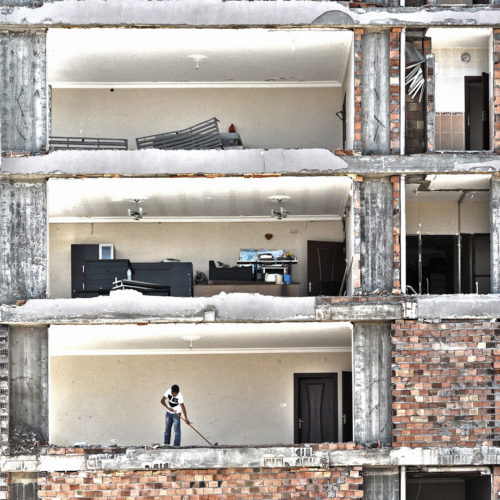
Turkey - Hatay
After the Bombings The Reyhanlı bombings took place on 11 May 2013, when two car bombs exploded in the town of Reyhanlı, a town of 64,000 people, 5 km from the Syrian border and the busiest land border post with Syria, in Hatay Province, Turkey. At least 51 people were killed and 140 injured in the attack.

Saudi Arabia - Medine
Al-Masjid an-Nabawī is a mosque established and originally built by the Islamic prophet Muhammad, situated in the city of Medina in Saudi Arabia. Al-Masjid an-Nabawi was the third mosque built in the history of Islam and is now one of the largest mosques in the world. It is the second-holiest site in Islam, after Masjid al-Haram in Mecca. It is always open, regardless of date or time.















